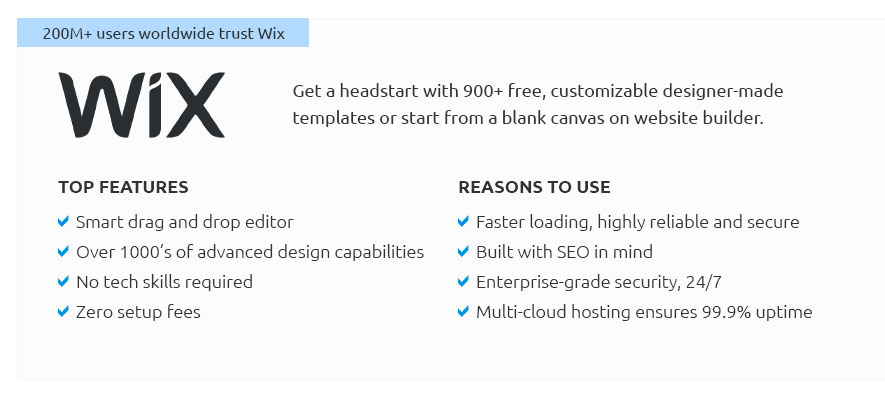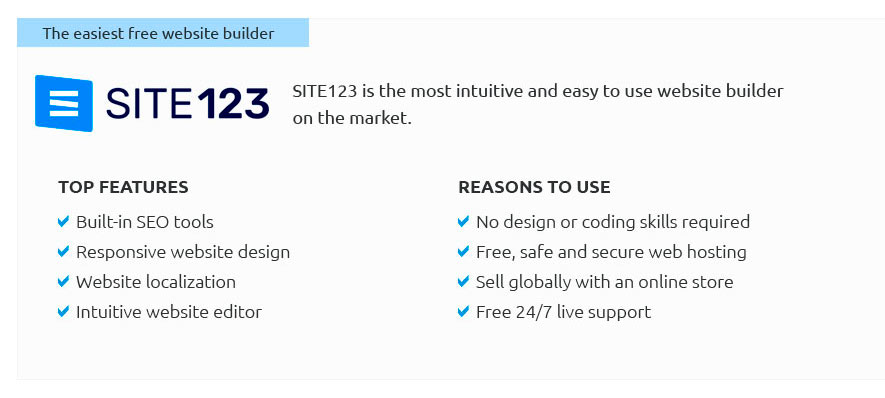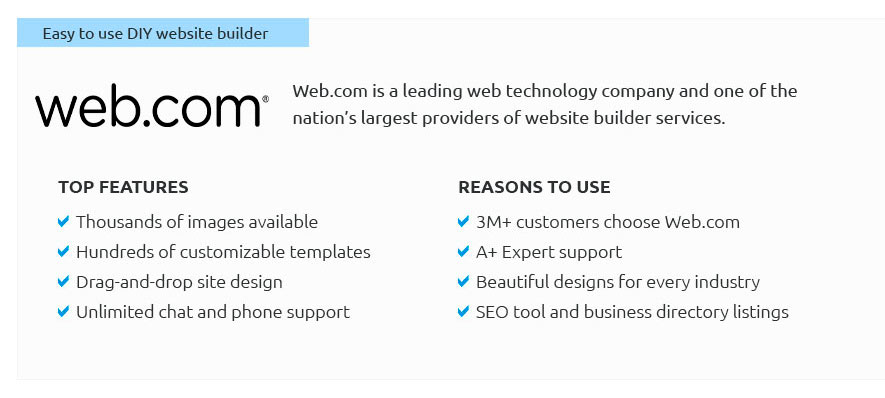 |
 |
 |
 |
|
 |
 |
 |
|
 |
|
 |
 |
|
 |
|
 |
|
 |
 |
How to Run a Website: Expert Tips and AdviceRunning a website is both an art and a science, demanding a blend of creativity, technical knowledge, and strategic planning. Whether you're starting from scratch or looking to optimize an existing site, understanding the core principles is essential. Below, we delve into various aspects of website management, offering practical advice based on experience and best practices. 1. Define Your Purpose and Audience: Before diving into design or content, it’s crucial to clearly define what you want your website to achieve. Is it an e-commerce platform, a blog, or a portfolio? Identifying your target audience will inform both the tone and functionality of your site. Knowing who you are speaking to helps in crafting content that resonates, ultimately driving engagement and conversion. 2. Choose the Right Platform and Host: The choice between platforms like WordPress, Shopify, or Wix should be guided by your website's goals and your technical proficiency. WordPress is renowned for its flexibility and scalability, making it ideal for blogs and complex sites. For e-commerce, Shopify offers robust tools to manage sales seamlessly. Equally important is selecting a reliable hosting provider that ensures speed, security, and support. Remember, downtime can be costly both in terms of revenue and reputation. 3. Design with User Experience in Mind: Aesthetics matter, but functionality reigns supreme. The design should facilitate an intuitive user experience (UX), with easy navigation, fast load times, and a mobile-responsive interface. First impressions count; a cluttered or slow site may deter visitors. Employing a clean, cohesive design not only appeals to users but also enhances credibility.
4. Prioritize Content Quality: Content remains king. It should be engaging, informative, and SEO-optimized. Regular updates not only keep your audience engaged but also favor your search engine rankings. Utilize a mix of text, images, and videos to cater to different preferences, and always aim for originality to stand out in the saturated digital landscape. 5. Optimize for Search Engines: SEO is vital for visibility. Conduct keyword research to understand what your audience is searching for and optimize your pages accordingly. Use meta tags, alt text for images, and ensure your site’s architecture is accessible to search engine crawlers. Building quality backlinks can also enhance your site's authority and ranking. 6. Monitor and Analyze Performance: Using tools like Google Analytics, regularly monitor your site’s performance to understand user behavior and identify areas for improvement. Pay attention to metrics such as bounce rate, session duration, and conversion rates. This data-driven approach enables informed decisions, ensuring your website evolves with user needs and technological advancements. 7. Ensure Security: Protecting your site and its users from threats is paramount. Implement SSL certificates, regularly update software, and use strong passwords. For e-commerce sites, compliance with standards like PCI DSS is necessary to safeguard customer data. 8. Engage with Your Audience: Building a community around your website fosters loyalty. Encourage interaction through comments, forums, or social media integration. Respond to feedback and continuously seek to improve the user experience. Remember, a website is not a static entity but a dynamic platform that should grow alongside your business or brand. In conclusion, running a website effectively requires a holistic approach that encompasses planning, design, content creation, SEO, and ongoing maintenance. While challenges are inevitable, they also present opportunities to learn and innovate. By staying informed and adapting to trends, you can create a website that not only meets your objectives but also provides value to your audience. https://www.forbes.com/advisor/business/how-host-own-website/
The process of learning how to host your own website is fairly easy, and you don't have to be experienced in web development. https://www.reddit.com/r/webhosting/comments/czhc5o/how_do_i_host_a_website/
To host a website, you need a web server. This can be any computer with an internet connection (even a laptop!) The computer will need to be ... https://mailchimp.com/resources/how-to-host-a-website/
You can host a website in a few different ways, including self-hosting or finding a website hosting provider to take care of it for you.
|